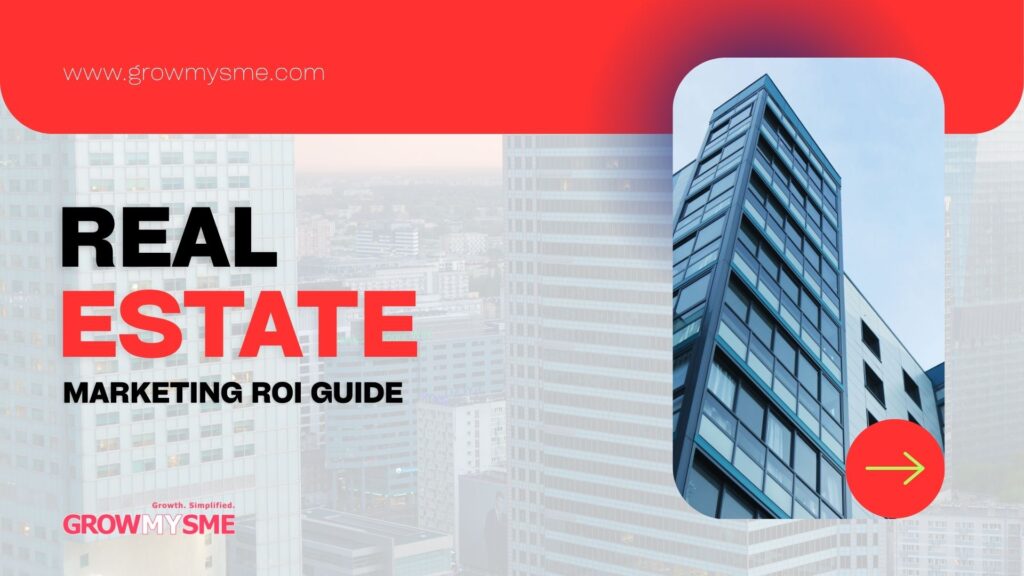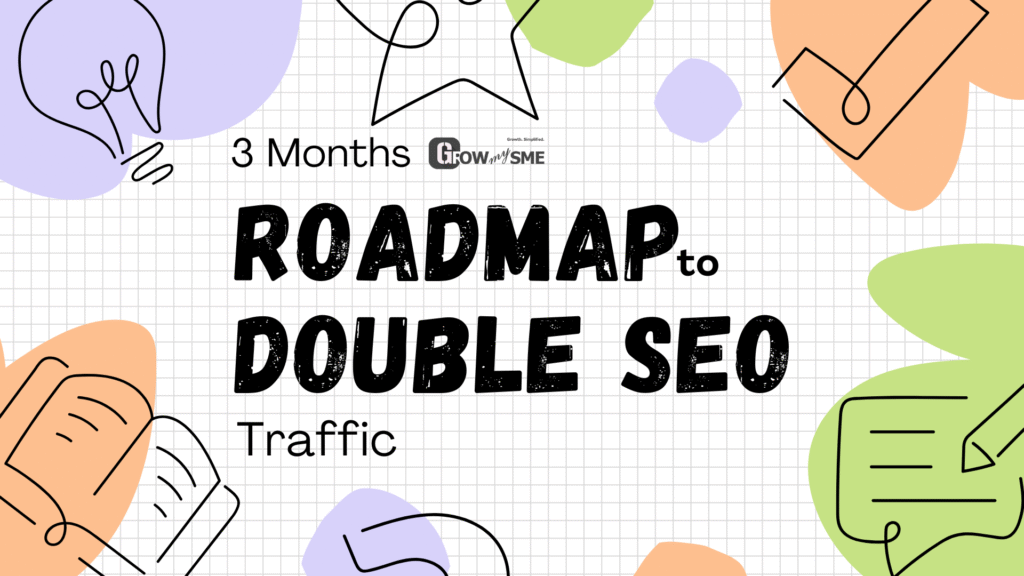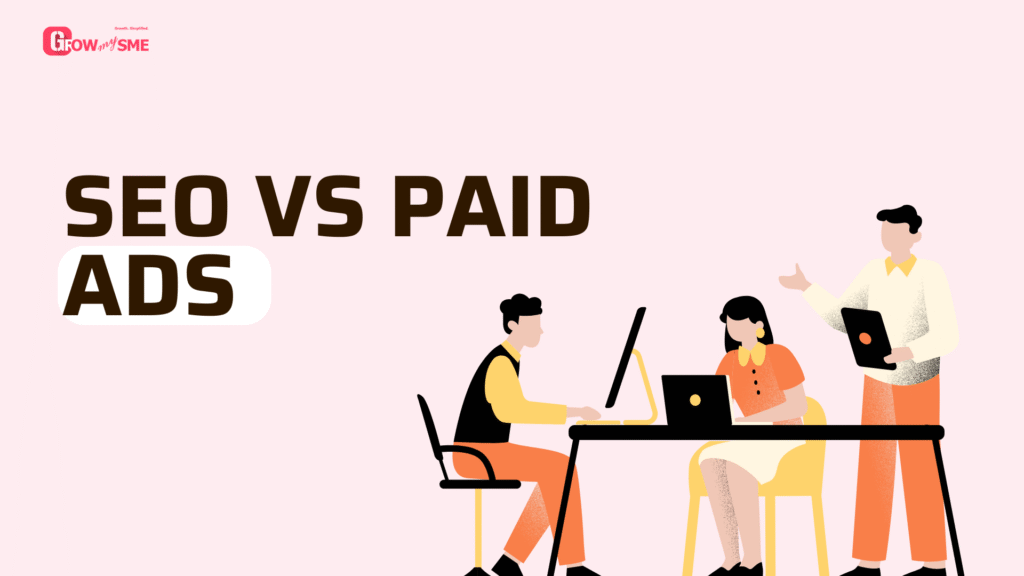Winning listings isn’t about luck—it’s about strategy, visibility, and trust. I learned this the hard way when I first started in real estate marketing. I ran ads, sent emails, and posted on social media—but leads didn’t convert.
Over 90 days, I refined a system that consistently brings in qualified listings, and I want to share the exact blueprint that works today.
“Every listing starts with the perception of value before the paperwork.”
Month 1: Define Your Ideal Seller & Local Market
Before spending a dollar, you need clarity on who your ideal clients are and where they live.
Example: Initially, I marketed to every homeowner in my city. Results? Poor engagement and wasted ad spend. When I narrowed focus to homes priced $350k–$650k in high-turnover neighborhoods, engagement tripled in two weeks.
Here’s my ideal client framework:
- Home value: $350k–$650k
- Neighborhood: High turnover or trending areas
- Owner profile: Professionals aged 35–55, likely relocating or upsizing
- Previous engagement: Home equity lines, social media interactions, or past open house attendees
Data Insight: Realtor.com 2025 reports hyper-targeted campaigns generate 2.5x more qualified listing leads than broad campaigns.
Takeaway: Marketing to everyone wastes money; define your audience and speak directly to their needs.
Month 1–2: Build Trust Through Content & Local Authority
Listing owners don’t respond to cold calls—they respond to trust and authority.
Example: I created a series of hyper-local content: market updates, neighborhood highlight videos, and quick “3 tips to sell faster” posts. One seller reached out after seeing a single video about rising local home values.
Here’s my content template for local authority:
- Short video: “Top 3 Things to Know About [Neighborhood] Real Estate in 2025”
- Blog snippet: Market trends with actionable tips
- Social post: Client testimonial or recent sold listing
Stat: Homes with agents who actively market local expertise sell 21% faster and often above listing price (NAR, 2025).
Takeaway: Become the go-to local expert before pitching—visibility and trust convert listings faster than cold outreach.
Month 2: Paid Ads as a Lead Machine
Ads are feedback first, lead generators second.
Example: I ran a Meta campaign targeting homeowners in my niche neighborhood. CTR was low at first, but by testing headlines like “Thinking of Selling? Here’s What Your Home is Worth” versus “We Sell Homes Fast,” I discovered the first performed 3x better.
Here’s my winning ad formula:
- Headline: Problem or aspiration
- Body: Value-focused, not self-promotional
- Visual: Professional image or neighborhood highlight
- CTA: Free valuation, guide download, or consultation
According to HubSpot 2025, targeted social campaigns with clear CTAs see 35% higher lead conversion than generic real estate ads.
Takeaway: Ads are mini-market research experiments. Iterate headlines and visuals to maximize ROI.
Month 2–3: Email Sequences That Nurture Listings
Once you capture leads, email sequences keep your brand top-of-mind.
Example: I created a 4-email sequence:
- Market insight in their neighborhood
- Case study of a recent seller
- Free guide: “Top 5 Tips to Increase Home Value Before Selling”
- Soft consultation invitation
Here’s my email template:
- Subject: “Curious what homes in [Neighborhood] are really selling for?”
- Body: “Hi [Name], I noticed [Neighborhood] market is shifting. Last week, a similar home sold above asking. Want a free personalized home value estimate?”
- CTA: “Schedule Your Free Consultation”
Stat: Personalized nurturing sequences increase listing appointment bookings by up to 40% (Real Estate Marketing Insider, 2025).
Takeaway: Lead nurturing is about education and relationship-building, not hard selling.
Month 3: Multi-Channel Touchpoints
A single touch rarely converts a seller. Multi-channel outreach is essential.
Example: After initial contact via email, I sent a LinkedIn connection request and followed up with a local market postcard. On the 3rd touch, the homeowner scheduled a listing consultation.
My multi-touch framework:
- Touch 1: Personalized email with value
- Touch 2: LinkedIn engagement (comment/like)
- Touch 3: Local mail or digital postcard
- Touch 4: Follow-up email with case study
Stat: NAR 2025 shows 70% of listings require at least 3 touchpoints before a homeowner responds.
Takeaway: Patience and strategic follow-ups compound lead generation results.
Month 3: Leverage Testimonials & Case Studies
Nothing convinces a homeowner like proof you’ve delivered results.
Example: I highlighted a recent listing sold 10 days after launch with 5 offers. I included a short video testimonial from the client in emails and social posts. Within a week, 3 more leads booked appointments citing the testimonial.
Here’s my testimonial integration approach:
- Include short, specific results
- Add visual proof: photo or video
- Distribute across email, social, and ads
Stat: Case studies and testimonials improve conversion by 30–50% in real estate lead campaigns (MarketingProfs, 2025).
Takeaway: Social proof accelerates trust, shortening the path from lead to listing.
Tracking & Optimization
If you’re not tracking, you’re guessing. Track:
- Ad CTR and lead form submissions
- Email opens, replies, and consultations booked
- Listing conversion rate
Example: I noticed leads from one neighborhood clicked emails but didn’t schedule. Adjusting messaging to focus on “fast sales” increased appointments by 35%.
Takeaway: Every metric is a clue. Optimize campaigns continuously for ROI.
Final Thoughts
Winning listings in 90 days isn’t about hard selling—it’s about precision, trust, and consistent value.
Follow this system:
- Define your ideal seller and target neighborhoods
- Build authority through content
- Run iterative paid campaigns
- Nurture leads via multi-touch email and social strategies
- Showcase testimonials and case studies
- Track metrics and optimize relentlessly
“Listings come to the agent who consistently educates, engages, and builds trust first.”
When applied consistently, this 90-day system transforms cold prospects into qualified, motivated sellers, maximizing your marketing ROI without wasting budget.



